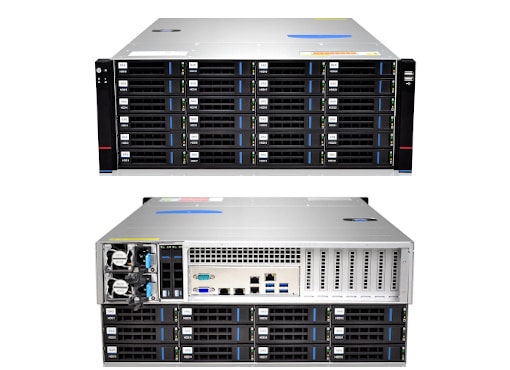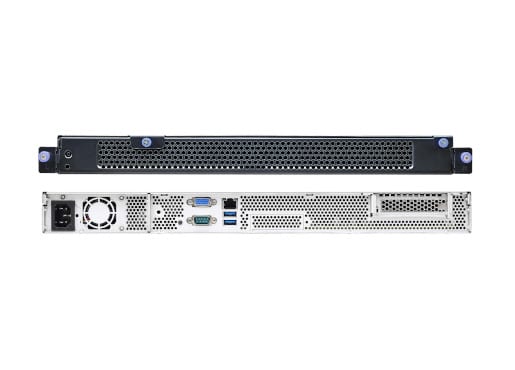

- #OPENZFS HARDWARE REQUIREMENTS HOW TO#
- #OPENZFS HARDWARE REQUIREMENTS UPGRADE#
- #OPENZFS HARDWARE REQUIREMENTS FULL#
- #OPENZFS HARDWARE REQUIREMENTS PORTABLE#
- #OPENZFS HARDWARE REQUIREMENTS SERIES#
Meeting the minimum operating system or kernel requirements answers the question “ Can I upgrade to OpenZFS 2.1?”. In a mixed environment with Linux systems, the compatible kernel versions are: 3.10 – 5.13 Some of these considerations apply to any pool upgrade, and some are specific to upgrading to the OpenZFS 2.1 series.įor OpenZFS 2.1 in particular, there are operating system minimums: It’s great to have access to the latest OpenZFS features, but there are a few things to consider before upgrading an OpenZFS pool.

#OPENZFS HARDWARE REQUIREMENTS PORTABLE#
Compatibility Property:This new property is for administrators that need to create portable pools and maintain pool compatibility between differing OpenZFS versions and platforms.Jim Salter’s Ars Technica articlediscusses draid’s use case and how it compares to traditional vdevs.
#OPENZFS HARDWARE REQUIREMENTS HOW TO#
You can learn more about how this feature works and how to use it in this section of the OpenZFS Documentation.
#OPENZFS HARDWARE REQUIREMENTS FULL#
Full redundancy can be restored to the pool in a fraction of the time normally required to do a full disk replacement.

dRAID provides integrated distributed hot spares designed for faster resilvering. Distributed Spare RAID (dRAID): This new variant of raidz is the OpenZFS 2.1’s biggest new feature.
#OPENZFS HARDWARE REQUIREMENTS SERIES#
In addition to a lot of bug fixes, improved man pages, performance enhancements, and some new zfs and zpoolcommands, the 2.1 series introduced three major new features: You can see what has changed in OpenZFS since that version by perusing the OpenZFS Releases page. We’ll then discuss what to consider before upgrading your pools.įreeBSD 13.0 shipped with OpenZFS 2.0.0 (see our article on Demystifying OpenZFS 2.0). This write-up provides an overview of some of the new features in the OpenZFS 2.1 series. When you upgrade an existing FreeBSD installation to 13.1, the new OpenZFS features are not yet available to existing pools and zpool status will indicate “ Some supported features are not enabled on the pool.” This is by design as it allows the administrator to determine when the pools are “upgraded”-the assumption is that users will first research the new features and determine if any features will cause any compatibility issues within their environment. This means that new FreeBSD 13.1 installations will start with the latest version of OpenZFS and all of its features. FreeBSD 13.1-RELEASE is just around the corner (expected late April, 2022), and with it comes support for the most recent stable release of OpenZFS (version 2.1.2).


 0 kommentar(er)
0 kommentar(er)
